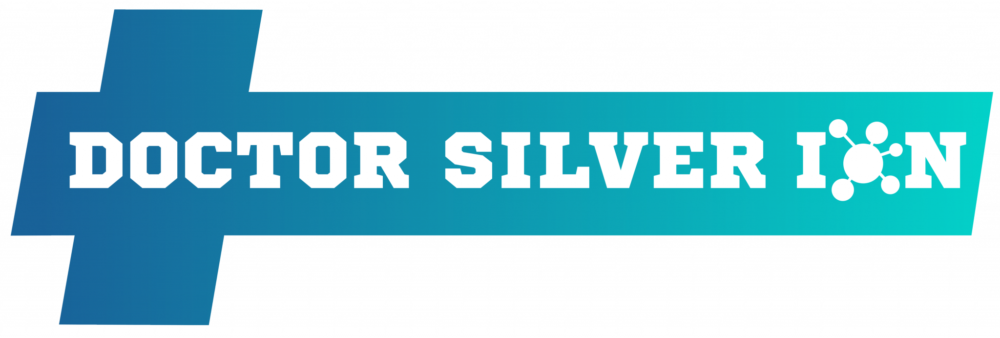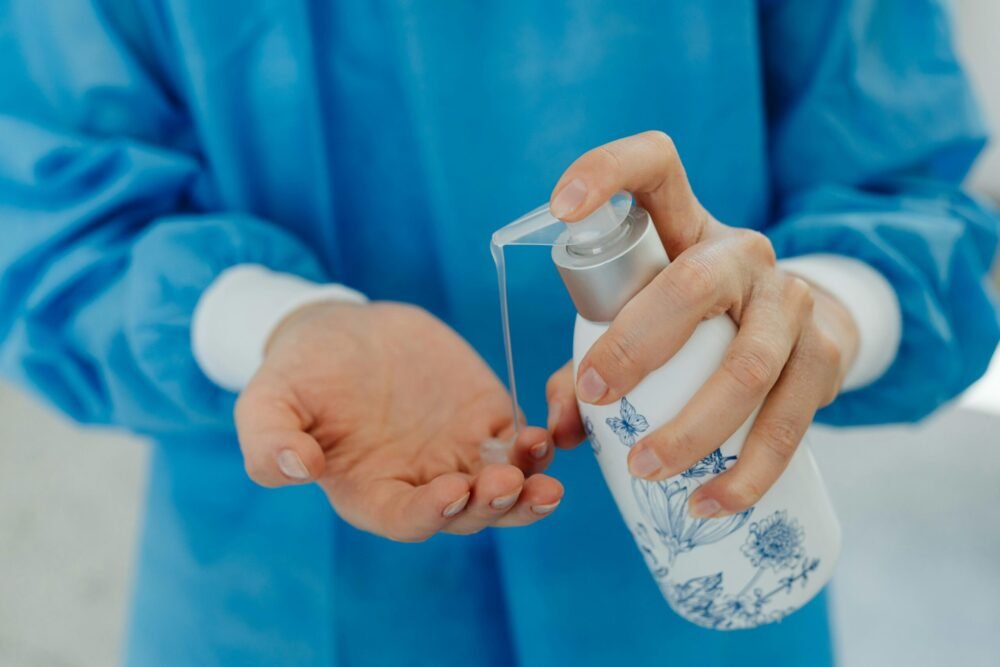At Doctor Silver Ion, we are passionate about exploring cutting-edge technologies that enhance health and well-being. One such remarkable advancement is silver ion technology, a powerful antimicrobial solution that has been transforming the treatment of various diseases. In this blog post, we delve into the science behind silver ions, the diseases they help treat, and […]
Category Archives: Uncategorized
Introduction At the intersection of history and modern science lies the remarkable story of silver ions and their antimicrobial prowess. For centuries, silver has been revered not just for its beauty but also for its ability to combat infections. Today, as antimicrobial resistance becomes a pressing global concern, silver ions are once again in the […]
When it comes to advancing materials science and biotechnology, the combination of silver ions and chitin formation stands out as a promising frontier. At our core, we’re passionate about unraveling the intricate interactions between these two elements and showcasing their transformative outcomes. Whether you’re a researcher, a sustainability enthusiast, or simply curious about cutting-edge innovations, […]

 Deutsch
Deutsch Türkçe
Türkçe


